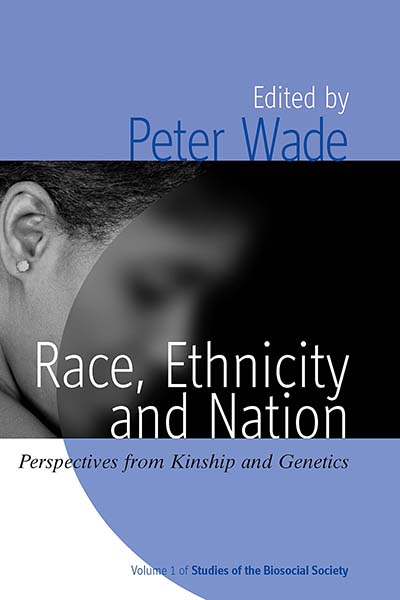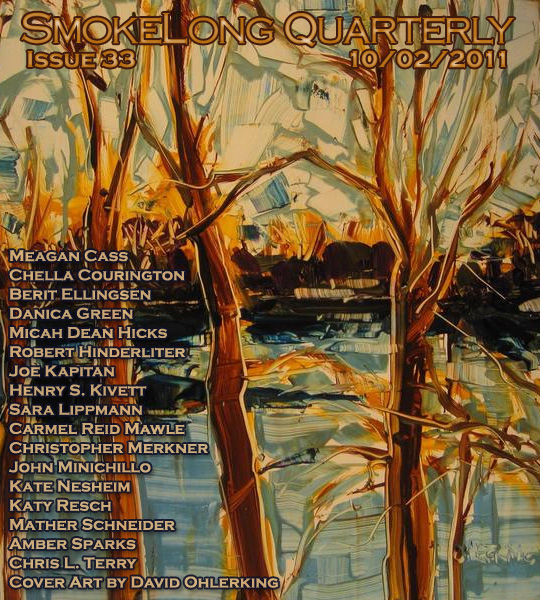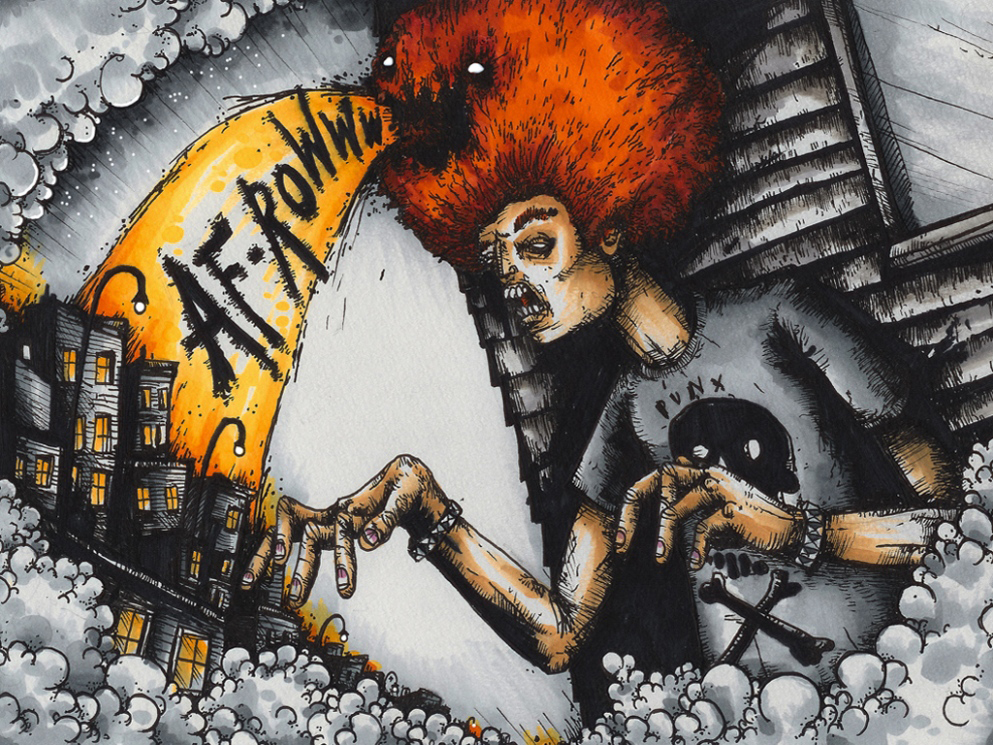Imperfect Unions: Staging Miscegenation in U.S. Drama and FictionPosted in Books, Literary/Artistic Criticism, Media Archive, Monographs, United States on 2012-06-27 03:20Z by Steven |
Imperfect Unions: Staging Miscegenation in U.S. Drama and Fiction
University of Minnesota Press
July 2012
336 pages
9 b&w photos
5 1/2 x 8 1/2
paper ISBN: 978-0-8166-7099-4
cloth ISBN: 978-0-8166-7098-7
Diana Rebekkah Paulin, Associate Professor of English and American Studies
Trinity College, Hartford, Connecticut
Imperfect Unions examines the vital role that nineteenth- and twentieth-century dramatic and literary enactments played in the constitution and consolidation of race in the United States. Diana Rebekkah Paulin investigates how these representations produced, and were produced by, the black–white binary that informed them in a wide variety of texts written across the period between the Civil War and World War I—by Louisa May Alcott, Thomas Dixon, J. Rosamond Johnson, Charles Chesnutt, James Weldon Johnson, William Dean Howells, and many others.
Paulin’s “miscegenated reading practices” reframe the critical cultural roles that drama and fiction played during this significant half century. She demonstrates the challenges of crossing intellectual boundaries, echoing the crossings—of race, gender, nation, class, and hemisphere—that complicated the black–white divide at the turn of the twentieth century and continue to do so today.
Imperfect Unions reveals how our ongoing discussions about race are also dialogues about nation formation. As the United States attempted to legitimize its own global ascendancy, the goal of eliminating evidence of inferiority became paramount. At the same time, however, the foundation of the United States was linked to slavery that served as reminders of its “mongrel” origins.
Contents
- Introduction. Setting the Stage: The Black–White Binary in an Imperfect Union
- 1. Under the Covers of Forbidden Desire: Interracial Unions as Surrogates
- 2. Clear Definitions for an Anxious World: Late Nineteenth-Century Surrogacy
- 3. Staging the Unspoken Terror
- 4. The Remix: Afro-Indian Intimacies
- 5. The Futurity of Miscegenation
- Conclusion: The “Sex Factor”and Twenty-first Century Stagings of MiscegeNation
- Acknowledgments
- Notes
- Index


